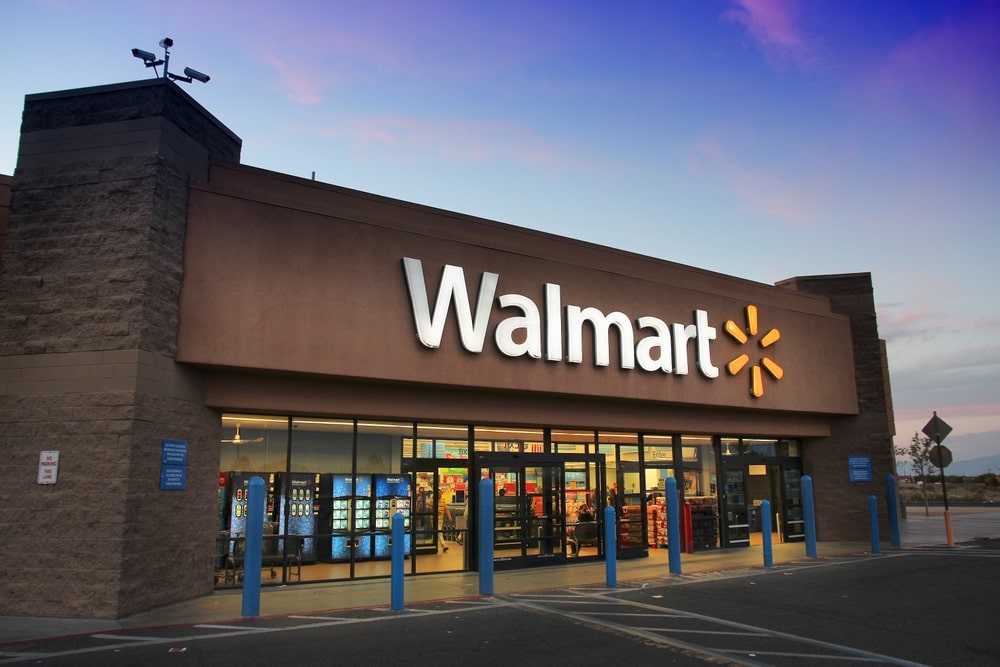Click and mortar companies are present in online commerce on both physical and digital channels. By definition, this type of structure is opposed to “pure players” who only sell their products online. This article explains why click and mortar is the future of customer experience. We have compiled key statistics, major benefits, and outstanding examples to understand everything about this entrepreneurial practice!
7 steps to carry out your market research: find out how!
Sommary
- 6 key figures
- What is click and mortar?
- 2 major advantages of click and mortar
- 2 examples of good use
6 key figures on click and mortar
- “Click and mortar” companies generate 37% more clicks than “pure players.”
- 91%of customers look for information online before buying a product in a physical sales outlet.
- Click and collect: in 2021, 60%of customers purchased a product online before picking it up in-store.
- The click-through rate for “click and mortar” customers is 1%, compared to 38.4%for “pure player” customers.
- 56%of Americans consume simultaneously on both online and offline channels.
What is click and mortar?
The world of e-commerce is divided into two categories: the “click and mortar” and the “pure players.” The term may sound familiar to you, as it is inspired by the term “brick and mortar,” which refers to physical sales outlets. On the one hand, click and mortar companies use physical and digital channels for business activities (Turban et al., 2010). On the other hand, pure players only market their products and services via digital channels. Thus, they need a physical sales outlet.
As a rule, both players use their competitive advantages to distinguish themselves from their rivals. This concerns, above all, their operational marketing and their pricing policy (Dheeriya, 2009). As a result, click and mortar brands capture more market share than their pure-player counterparts. Indeed, they can pride themselves on proposing a unique customer experience that mixes the digital and the physical (Min & Wolfinbarger, 2005; Lian & Yen, 2017)
2 major advantages of click and mortar
We have already mentioned Omnichannel Marketing and its benefits for these companies. But there are many more advantages to this type of structure. Research by Charles Steinfield, a world reference in click and mortar, presents us with 2 other positive points. Indeed, the physical and digital presence allows to:
- make savings
- reduce the risk perceived by customers
Saving money on several levels
Click and mortar companies excel in combining the digital and the physical. By doing so, these structures can optimize their campaigns and reduce their marketing and operational costs. In this case, the following areas benefit from significant savings:
- Delivery : as we will see in our “Examples” section, click-and-collect illustrates the savings related to delivery. In addition, this process strengthens the emotional ties between the customer and the brand.
- Stock : this type of company manages its stock more intelligently than the structures with a storefront. Indeed, the savings are important because this management is based on products ordered on the Internet. Therefore, there is no need to maintain high stock levels anymore!
- Information technology : your company’s teams work more efficiently on the internal operation side when they adopt the click and mortar model. Information flows more easily, and personnel costs are lower!
Reduced perceived risk
Some online retailers need more trust in their marketing targets. Indeed, their decision-making is strongly influenced by trust and perceived risk, two equally important factors (Kim & Koo, 2016). In this context, both a physical and digital presence reassures your customers. Thus, the click and mortar model installs a climate of trust and reduces customers’ perceived risk toward your offer.
The following areas are generally perceived as the riskiest among pure players:
- Marketplaces : debate arises among customers about the quality of products. Not to mention scams and counterfeits.
- Health : users are questioning here about the safety of products. The seller is difficult to access because he is not physically present, so it is difficult to know if his offer is valid.
- Clothing : it is a difficult task to try on clothes online with pure players. Nevertheless, the growing development of hybrid offers puts click and mortar players in a good position for the future of retail!
How can we remedy these problems? We have to rely on cognitive biases. Remember that customers generally rely on social ties to dictate their consumption habits. We call this social proof. Click and mortar holds all the cards to deal with this problem.
Customers perceive less risk when a physical sales outlet allows them to seek advice or return a product.
2 examples of good use of click and mortar
To conclude, we propose exploring the cases of two large companies adept at click and mortar. Their practices are now references for all brands eager for a hybrid customer experience:
- Walmart and its click and collect policy
- Sephoraand its loyalty program: Beauty Insider
Walmart – Click and collect
Walmart has recently announced its willingness to invest in e-commerce, third-party services, and various retail media. Since the Covid-19 pandemic, the company has wanted to be a pioneer in the field of click and collect. The hybridization of its offering is no longer in doubt.
The revenue implications of click and collect are nothing short of monstrous. Let’s illustrate this idea through two striking figures. According to a 2022 article, out of more than 4,700 stores, almost 78% propose to collect electronic orders at a physical sales outlet. In 2019, this amounted to $7.21 billion. Two years later, this revenue increased by 283% to $20.4 billion last year.

Sephora – Personalizing the customer experience
With its multi-channel loyalty program, Sephora and its Beauty Insider play on several tableaux to propose a unique and exclusive customer experience:
- early access to new products
- invitations to selective events
- free beauty services
- product recommendations based on customer information
The company compiles all the benefits of click and mortar to simplify the personalization of its offer. Physical sales outlet staff can access a customer’s profile to help them find their ideal product line.
Sephora’s click and mortar policy is exemplary: it synchronizes information between each sales channel.
Sources
- Charles Steinfield,Harry Bouwman &Thomas Adelaar. (2002). The Dynamics of Click-and-Mortar Electronic Commerce: Opportunities and Management Strategies. International Journal of Electronic Commerce, 7, 93-119.
- Contentsquare. (2019). Pure Players vs. Click-And-Mortars – Lessons from digitally native brands and traditional retailers.
- Dheeriya, P. (2009). A Conceptual Framework for Describing Online Entrepreneurship. Journal of Small Business & Entrepreneurship, 22(3), 275-283.
- E-Commerce Nation. (2019). Tout savoir sur le Web to Store en une infographie.
- Fevad. (2022). Le shopper post pandémie est un shopper hybride | Petit-déjeuner Criteo x Fevad.
- Kim, G. & Koo, H. (2016). The causal relationship between risk and trust in the online marketplace: A bidirectional perspective. Computers in Human Behavior, 55, 1020-1029.
- Lian, J. & Yen, D. (2017). Understanding the relationships between online entrepreneurs’ personal innovativeness, risk taking, and satisfaction: Comparison of pure-play and click-and-mortar. Journal of Organizational Computing and Electronic Commerce, 27(2), 135-151.
- Lindecrantz, E., Tjon Pian Gi, M. & Zerbi, S. (2020). Personalizing the customer experience: Driving differentiation in retail. McKinsey & Company.
- Min, S. & Wolfinbarger, M. (2005). Market share, profit margin, and marketing efficiency of early movers, bricks and clicks, and specialists in e-commerce. Journal of Business Research, 58(8), 1030-1039.
- Richter, F. (2018). Online shopping behavior in the United States – Click and Mortar. Statista.
- Turban, E., King, D., Lee, J., Liang, T. & Turban, D. (2009). Electronic Commerce 2010: A Managerial Perspective. Pearson College Div; 0006- edition.
Posted in Marketing.




